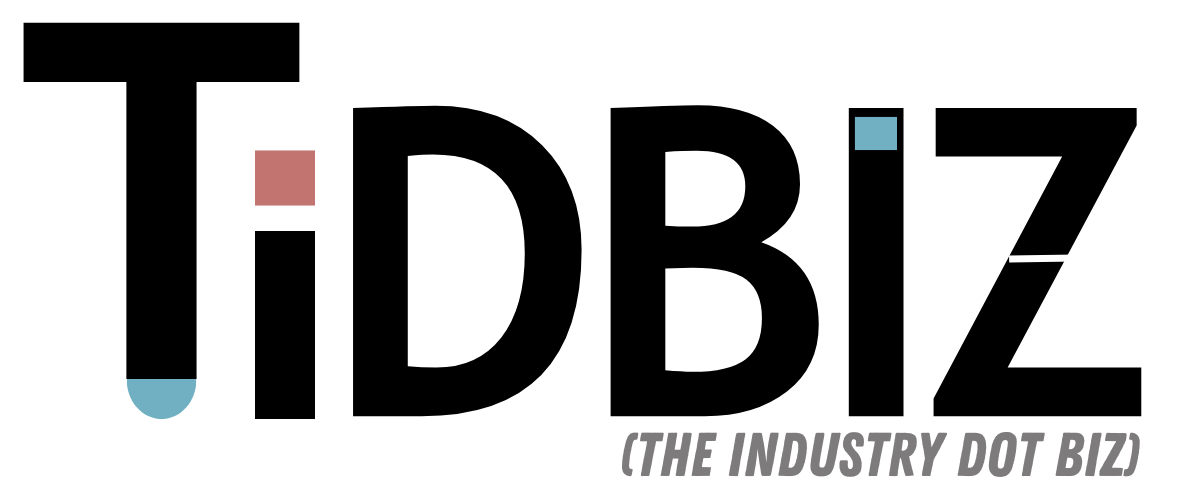Streaming platforms now make $43 billion a year, changing the digital music world forever. The music industry has moved from selling physical albums to a digital network. This change is huge.
Streaming sites are now where most people listen to music. They’ve changed how artists, labels, and fans connect. Digital tech has made it easy to access millions of songs worldwide.
Artists face a new world where music jobs are changing fast. They need skills in digital marketing and managing streaming sites. The music economy is getting more complex, with new ways to make money online.
To get the music industry’s money flow, we need to look closely. Streaming services have made music easy to get, not own. This has shaken up old ways of sharing music.
Platforms like Spotify and Apple Music have reshaped the music world. They’ve not just changed how we listen. They’ve rebuilt the music industry’s economic base.
Understanding Digital Music Streaming
Digital music trends have changed how we listen to music today. Now, 83% of US homes have a music streaming service. This big change has totally updated the music world.
The Essence of Music Streaming
Music streaming lets you listen to millions of songs online. You don’t need to buy music anymore. You can make playlists, find new artists, and listen on many devices easily.
How Streaming Technology Works
The tech behind streaming is simple yet smart. It sends music to you right away. Services like Spotify suggest songs based on what you like. This makes your music experience unique and fun.
Streaming has transformed music from a product you own to a service you experience.
The future of music is getting even better, with streaming services getting smarter and easier to use.
Major Players in the Streaming Industry
The music streaming world has changed a lot in recent years. Digital music distribution platforms have made it easier for people to listen to music. Now, there are many options for music lovers.
Spotify is leading the way with over 236 million paid subscribers by 2024. Its smart playlists and easy-to-use interface have set a high standard. This has made Spotify a top choice for music fans around the world.
Industry Powerhouses
Apple Music and Tidal are big players too. Apple Music uses its huge network of devices to reach listeners. Tidal stands out with its high-quality sound and support for artists.
Each platform has special features to draw in music lovers.
“The streaming revolution has fundamentally changed how artists connect with their audience” – Music Industry Analyst
Emerging Market Challengers
New streaming services are focusing on specific music styles and regions. They know that one approach doesn’t fit all. By targeting certain groups, they offer fresh ways to enjoy music.
This competition keeps pushing the boundaries of what streaming can do. It’s good for both artists and listeners in today’s digital music scene.
Revenue Models of Streaming Services
The digital music world has changed a lot. Streaming services now use smart ways to make money from music. These new methods have changed how money moves in the music world.
Navigating Subscription Strategies
Streaming services mainly make money in two ways: through subscriptions and ads. Platforms like Spotify have improved their services to keep users happy and make more money.
Diversified Income Channels
Streaming services also look for other ways to make money. They partner with telecoms, sell data, and create special content. The aim is to build a strong financial plan that helps the platform grow and pays artists well.
Breaking Down Revenue Streams
Subscription plans offer different levels of service. Users can pick between free, ad-filled options and paid, ad-free ones. This way, services can reach more people and keep a steady flow of money.
The future of streaming lies in creating value for both listeners and content creators.
New tech and creative ways to make money are changing the music streaming world. This promises a thrilling future for how we enjoy digital music.
How Artists Get Paid
The way musicians make money has changed a lot. Now, streaming royalties are the main way artists earn, instead of selling albums or CDs.
Artists face a complex money world. Streaming sites decide how much they make, using special payment rules. Per-stream rates differ a lot, making it hard for artists to know how much they’ll earn.
Understanding Streaming Royalty Mechanisms
Streaming royalties are between $0.003 and $0.005 per stream. Artists need thousands of streams to make some money. It’s tough for new artists, as the big names get most of the money.
Impact on Album Sales and Artist Revenue
The music world has changed. Artists used to make money from album sales, but now streaming is key. New artists need smart plans to get noticed, like getting on playlists and making music regularly.
The streaming economy requires artists to think like entrepreneurs, leveraging digital platforms to build sustainable music careers.
It’s important for musicians to understand how streaming royalties work. This knowledge is key to making it in the digital music world.
The Role of Record Labels

The music industry has changed a lot with digital streaming. Now, record labels face a new world where technology changes how music is shared.
Digital platforms have brought both challenges and chances for labels. They must change how they help artists grow and get noticed.
Traditional vs. Independent Label Dynamics
Big labels like Universal, Sony, and Warner have lots of resources. They offer full support like marketing and global reach. Independent labels, on the other hand, focus more on personal artist relationships and specific music styles.
Streaming Success Strategies
Labels use data to see what listeners like. They look at streaming numbers to improve marketing and find new talent. This helps them make plans that boost music sales.
“The most successful labels are those who adapt quickly to technological changes,” says music industry expert Rachel Greene.
Today, artists have many choices. They can choose traditional label support or go independent. The streaming world keeps changing, opening doors for new music.
The Economics of Music Licensing
Digital music economics have changed how music licensing works today. Now, music industry revenue relies on complex deals. These deals connect artists, streaming platforms, and rights holders.
Licensing deals are key in the digital music world. They decide how musicians get paid when their music is streamed or played. Streaming services must get the right to play music legally.
Understanding Licensing Complexities
There are many types of licenses in music. Mechanical licenses cover making copies, while performance licenses are for public plays. Streaming services need both to play music legally, leading to complex financial talks.
Revenue Distribution Mechanisms
Licensing affects music industry revenue by setting up clear payment paths. Collection societies track music use and make sure artists get paid. International licensing adds more complexity, with different rules for music rights worldwide.
The digital music landscape continues to evolve, with licensing serving as its financial backbone.
Artists and record labels must understand these complex licensing systems. Knowing how they work is key for a successful career in today’s music industry.
Impact of Music Consumption Habits
The digital music world has changed a lot in recent years. Now, people listen to music in new ways, not just buying albums. Streaming services have become the main way people listen to music, changing how artists share their music.
The Rise of Single-Track Listening
People now listen to music one song at a time, not whole albums. This change has made artists think differently about their music. They focus on making songs that grab listeners’ attention right away.
Social Media’s Streaming Revolution
Platforms like TikTok have become key places for finding new music. Short videos can make unknown artists famous fast. Viral music moments boost streaming numbers, giving musicians a chance to be heard without old marketing ways.
Now, artists can reach people all over the world on their own. Streaming and social media have made it fair for everyone, not just big labels. This means independent artists can compete with the big names.
Music discovery is no longer about radio play, but about algorithmic recommendations and social media share-ability.
The Challenges Facing Artists in the Streaming Age
The digital music world has changed a lot. Artists now face tough times trying to get noticed and get paid fairly. Streaming royalties are a big issue for musicians in today’s music scene.
The Exposure Paradox
Digital platforms give artists a huge audience. But, this comes with a big price. Musicians often make just a few cents for each stream. This makes it hard for them to make a living.
“We’re generating millions of streams, but can barely pay our rent” – Independent Artist
Surviving in a Saturated Market
Musicians need to be smart businesspeople. They must have a strong online presence, connect with fans, and create unique music. In the streaming age, artists must always be creative and ready to adapt.
Mental and Financial Pressures
The stress of the streaming world is huge. Artists must keep making music, stay relevant, and earn enough to keep going. Creativity now competes with algorithmic optimization.
New artists see streaming as both a chance and a challenge. They must find new ways to make money from their music in this fast-changing digital world.
The Future of Music Streaming
The music streaming world is changing fast. New tech and shifting trends are making a big impact. Artists and fans are seeing a new era in music creation, sharing, and listening.
Emerging Industry Trends
Artificial intelligence is changing music streaming. It’s making hyper-personalized listening experiences possible. Now, algorithms can guess what music you’ll like better than ever before.
The tech impact on the music industry is huge. It’s leading to a future where machines can guess your musical tastes better than ever.
Innovative Music Consumption Technologies
New sound techs like spatial audio are changing how we listen to music. Virtual reality concerts are also on the rise. They let fans enjoy shows from anywhere.
Blockchain tech could change how artists get paid. It might make royalty payments fairer and more transparent.
The future of music streaming is not just about listening, but creating deeply personalized and interactive musical experiences.
Streaming sites are adding social features. This lets artists connect directly with fans. It’s a big change in how we enjoy music, thanks to tech.
Navigating Your Own Streaming Strategy
The world of digital music is changing fast. Artists need to find new ways to make the most of streaming. They must be creative in their music and in how they market it online.
Getting your music on popular playlists is a big chance for new artists. Sites like Spotify and Apple Music have playlists that can help you get noticed. Make sure your music fits the playlist’s theme and use the right t
ags to help people find it.
Maximizing Streaming Revenue
It’s important to have different ways to make money in the digital music world. While streaming helps you get heard, it’s good to sell merchandise, perform live, and license your music too. Social media helps you connect with fans and build a loyal group of supporters.
Building an Online Fanbase
Smart artists use digital tools to give fans more than just music. Share updates, behind-the-scenes stuff, and host online events. This turns listeners into fans who care about your music and your journey.







